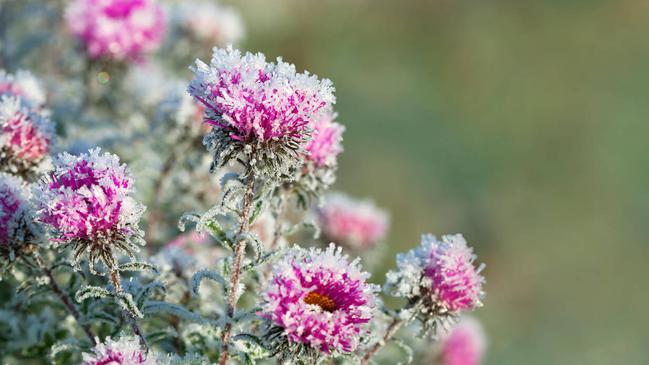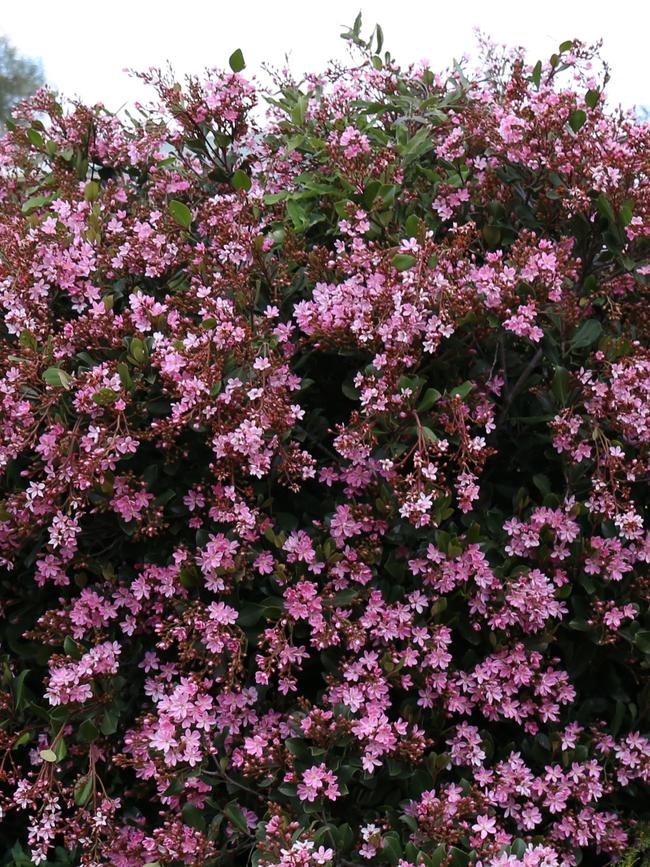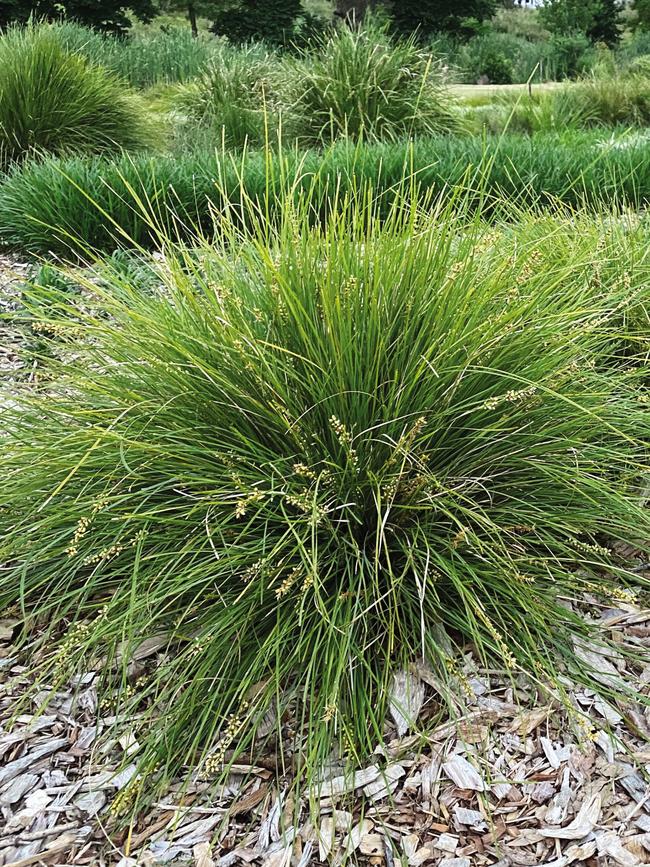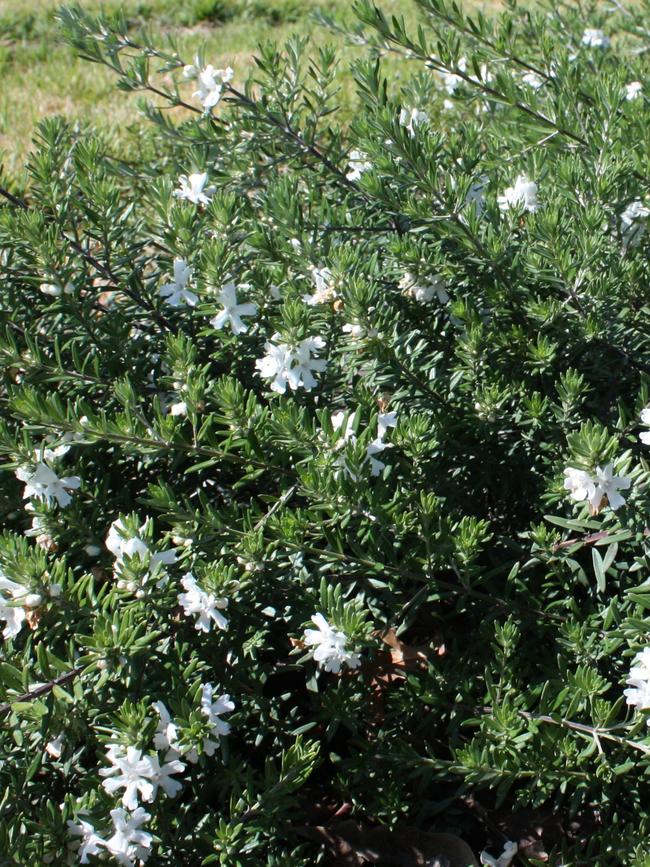How to protect your plants on frosty nights
Frost can cause all kinds of damage to plans causing wilting, blackened foliage and even death. But the canny gardener can protect against the worst of it.

Frosts occur on clear, still nights when temperatures drop below zero. Low-lying areas are worst affected because cold air flows downhill and accumulates in “frost pockets”. In plant tissue, water freezes between plant cells, drawing more water out of the cells, forming more ice. Plants can recover when the frost melts slowly, but when the sun’s rays cause rapid thawing the damage can be severe, causing wilted and blackened foliage, even death of the plant. When frosts are forecast, protect vulnerable plants by covering with frost fleece, shadecloth or hessian, and moving pot plants under shelter. Keep the soil moist so it can absorb and store more heat during the day to radiate at night, and move mulch away from plants so the sun can warm the soil. Bodies of water such as swimming pools and ponds also act as heat sinks. Products such as Drought Shield, sprayed on foliage, form a flexible, polymer film that protects against frost for a month. Seaweed products that strengthen cell walls also help increase frost resistance. If you have frost damage, don’t prune off the affected foliage because this stimulates new growth that is even more vulnerable. Those frost-burnt bits, although ugly, will help protect against future frosts.
Bred Tough
Extensive trials by plant breeder Ozbreed identified which plants best survived flooded and wet soils.


These four are also drought tolerant, making them resilient choices for the future. See ozbreed.com.au for more on the trials and the plants.


Q&A
We have a deeply shaded part of our garden – what could we plant to screen the fence?
Wilson Oh, Adelaide
Choose lush foliage plants with large leaves, rather than flowering shrubs. Choices include golden cane palms, Rhapis palms, elephants ears (Alocasia, Colocasia and Xanthosoma) in different colours and sizes, dwarf clumping bamboos, various cordylines with coloured leaves, gold-dust plant (Aucuba japonica variegata), many Justicia species, soft tree ferns, and aralia (Fatsia japonica). You could also attach staghorns and elkhorns on boards to the fence.
I have an ongoing problem with slugs eating my leafy greens. I suspect snail baits are not attractive enough. Would pyrethrum spray help?
Barry Powells, Coffs Harbour, NSW
Snail and slug pellets do contain attractants; only those based on iron are safe for pets and wildlife. A saucer of beer dregs will attract and drown slugs and snails. Hand pick them at night or on wet days. Place barriers around new plantings – copper tape is most effective and is long-lasting; alternatively, use coffee grounds or diatomaceous earth.
My mature staghorn, mounted on a hessian covered board, has pale fronds, curling and browning on the ends. I’ve tried watering/not watering, feeding and misting but it remains unhealthy.
Christine New, Mandurah, WA
Check the board is not treated pine, as this can kill staghorns. The hessian might be stopping the staghorn from attaching – usually you mount the plant directly on to a timber board or tree fern section, with some sphagnum moss packed in behind the fern. Too much sun could also cause these symptoms; they need shade. Brown leaf tips can be from over or underwatering.




To join the conversation, please log in. Don't have an account? Register
Join the conversation, you are commenting as Logout